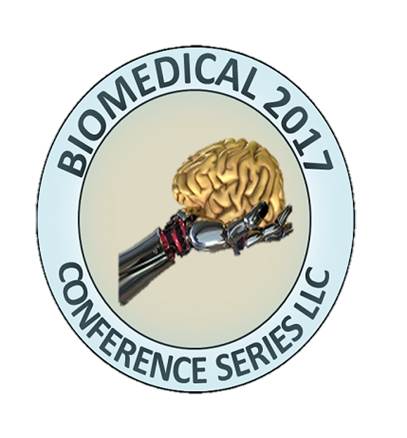
Andre van Zyl
University of Pretoria, South Africa
Title: A comparative analysis of the engineering of 5 commercially available titanium dental implant surfaces using micro-focus computed tomography
Biography
Biography: Andre van Zyl
Abstract
Introduction & Aim: The engineering of dental implant surfaces has shown tremendous development over the past decade. Bone-to-implant interface is influenced mainly by implant surface topography. The objective was to analyse the exact surface area of different implant diamters of 5 systems using micro-focus cone beam tomography.
Methods: 100 implants were scanned at Necsa (South African Nuclear Energy Corporation) which houses the Nikon XTH 225 ST micro-focus CT scanner. The spatial resolution obtained is 1-3 μm instead of 300 μm for CBCT. To obtain a high quality 3D-virtual image at this high spatial resolution, the number of 2D projections increases from 375 to 8000. Analysis was done using VGStudioMAX-3.0 visualization software (Volume Graphics GmbH, Heidelberg, Germany).
Results: Statistical analysis showed Ankylos had the largest mean implant surface area (151.90 mm2) in the narrow platform (NP) group and Neodent the smallest (125.95 mm2). Megagen implants had the largest surface area (227.39 mm2) in the regular platform (RP) group and Neodent the smallest (164.25 mm2). Statistically significant differences (P<0.001) were found between systems.
Conclusion: NP implants have become important in order to avoid complex bone augmentation procedures. It is therefore important for surgeons to know the exact surface area of NP versus RP implants. The greater the surface area of implants, the less pressure on the surrounding bone, which is of importance from a biomechanical point of view. This is the largest study of its kind using micro-focus CT technology and can be used as a reference for future studies. There is currently no reliable data on total implant surface area.

